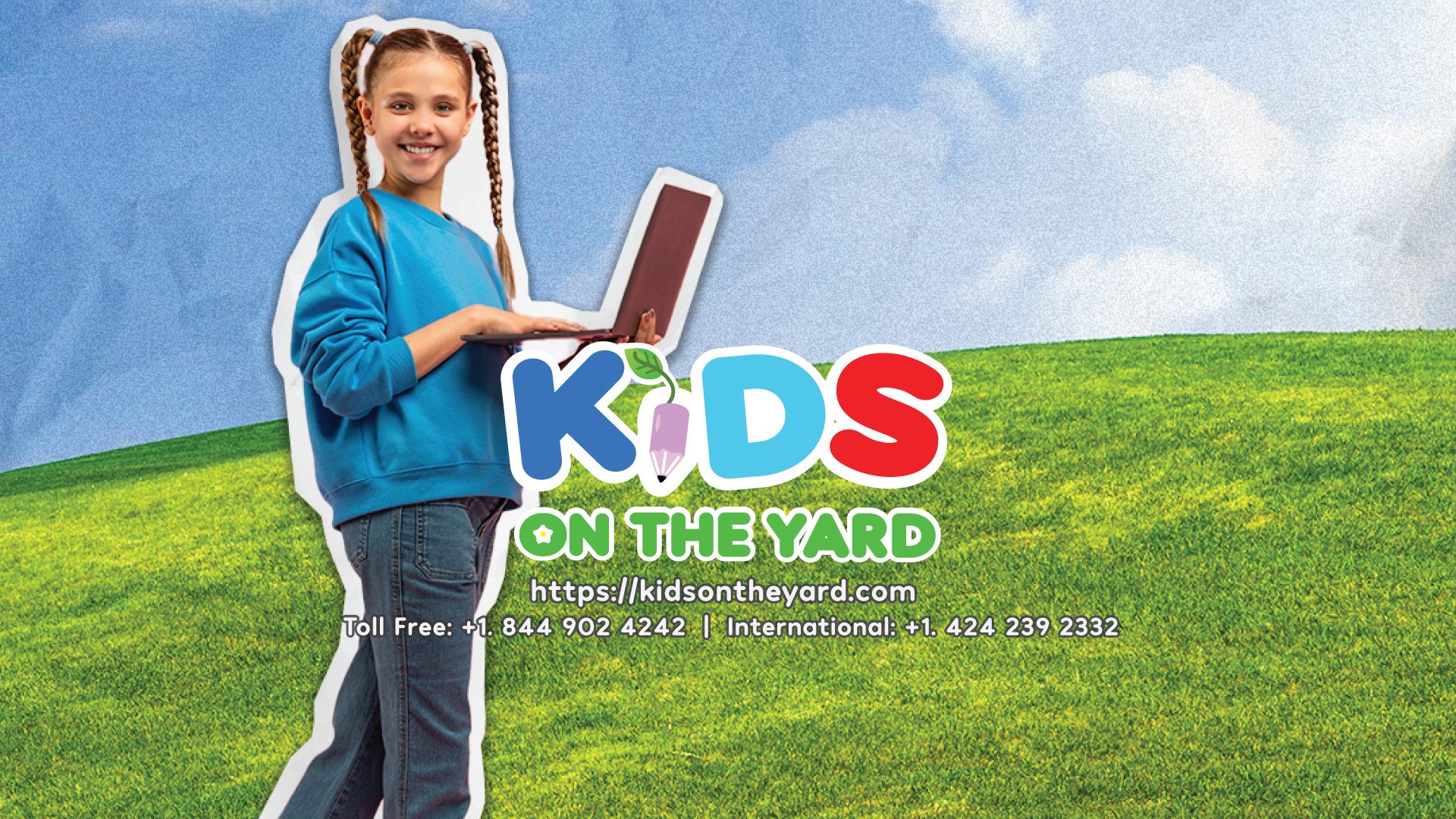|
Audio Article
|
Current Landscape of Classroom Technology
In today’s schools, technology is ubiquitous. Classrooms are filled with devices and innovations that are revolutionizing student learning:
- Interactive whiteboards for dynamic visual aids
- Mobile devices and tablets with tailored learning apps
- Digital tools for project-based learning and collaboration
- Educational games making learning more engaging
Government funding helps ensure equal access to technology, allowing students and teachers to leverage these tools effectively. Educators are adapting by using learning management systems and online grading tools to monitor progress and communicate with parents.
When seamlessly integrated, technology becomes a natural part of the classroom environment. While challenges like limited resources and varying access exist, the potential of technology in education continues to grow, shaping a dynamic and inclusive learning environment.
Frameworks and Models for Tech Integration: The SAMR Model and TPACK Framework
Two key models guide educators in integrating technology:
SAMR Model (Dr. Ruben Puentedura):
- Substitution
- Augmentation
- Modification
- Redefinition
TPACK Framework: Combines content knowledge with pedagogy and technology to ensure effective instructional design.
These frameworks help transform classrooms from places where technology is an add-on to environments where it’s essential. They prompt important questions about how technology can deepen student engagement and enhance learning.
As classrooms evolve, these models ensure that technology implementation is purposeful and effective, creating spaces of innovation and excitement for students.
Impact and Benefits of Technology on Student Engagement
Technology transforms passive observers into active participants in the classroom. It accommodates various learning styles, creating an inclusive environment where visual, auditory, and kinesthetic learners can thrive.
Hands-on approaches, like digital simulations, captivate students and develop critical thinking and problem-solving skills. Technology also enables differentiated instruction, allowing teachers to customize lessons to meet individual needs.
"We have to teach students how to take care of themselves if they're going to use technology." – Lisa Highfill, Technology Integration Specialist
Students become creators and collaborators, tackling projects with digital tools and building confidence in their abilities. This active participation prepares them for a technology-driven world, equipping them with essential 21st-century skills.
By integrating technology, education becomes more engaging and prepares students for life beyond school, fostering skills, confidence, and adaptability.
Collaborative Strategies for Implementing EdTech
Successful implementation of educational technology relies on collaboration between educators, administrators, and technology providers. This partnership ensures that technology integration aligns with educational goals and meets specific classroom needs.
The Bourbonnais Elementary School District in Illinois demonstrates effective collaboration through their technology leadership committee. They organized pilot programs for teachers to test new tools in real classroom settings, creating valuable feedback loops.
Strategies for collaborative technology integration include:
- Carrying out proactive needs assessments
- Providing multifaceted teacher support
- Offering training geared toward new teachers
- Seeking edtech partner collaboration
- Providing tech-infused instruction
- Offering student choice and control
Ongoing professional development, like workshops hosted by technology providers, helps teachers gain confidence and skills in using new tools. Open communication through regular meetings and interactive platforms keeps all stakeholders informed and invested in the process.
Involving parents in technology discussions extends the impact beyond the classroom, creating advocates for educational technology. By working together, schools can create a tech-rich learning environment that prepares students for an innovative future.
Technology in education is a transformative force, reshaping how students engage, learn, and prepare for the future. By integrating technology thoughtfully, we create an environment where learning is dynamic and inclusive, empowering students to take charge of their educational journey.
- Puentedura RR. SAMR: A Brief Introduction. Hippasus.com.
- Koehler MJ, Mishra P. What is Technological Pedagogical Content Knowledge (TPACK)? Contemporary Issues in Technology and Teacher Education. 2009;9(1):60-70.
- Highfill L, Hilton K, Landis S. The Technology Integration Matrix: A Guide for Evaluating Technology Use in the Classroom. Florida Center for Instructional Technology. 2016.
How does technology enhance learning in the classroom?
Technology provides dynamic visual aids, interactive whiteboards, educational games, and project-based learning tools, making lessons more engaging and personalized for students.
What role do mobile devices and tablets play in education?
Mobile devices and tablets equipped with tailored learning apps support individualized learning, facilitate collaboration, and enhance student engagement through interactive activities.
How does government funding impact educational technology?
Government funding ensures equal access to digital tools, allowing students and teachers to effectively integrate technology into the learning process and bridge the digital divide.
What challenges exist when integrating technology into education?
Challenges include limited resources, varying access to technology, the need for teacher training, and ensuring technology is used effectively rather than as a distraction.
What are the key models for integrating technology in education?
SAMR Model (Dr. Ruben Puentedura): Guides educators through four levels of tech integration:
Substitution
Augmentation
Modification
Redefinition
TPACK Framework: Combines content knowledge with pedagogy and technology to ensure effective instructional design.
How does technology improve student engagement?
Technology transforms passive observers into active participants, accommodates different learning styles, supports hands-on learning, and fosters critical thinking and collaboration.
How can schools successfully implement educational technology?
Successful implementation requires collaboration among educators, administrators, and technology providers. Strategies include:
Conducting needs assessments
Providing teacher training and support
Partnering with edtech providers
Offering tech-infused instruction
Allowing student choice and control
What is an example of a successful edtech implementation?
The Bourbonnais Elementary School District in Illinois created a technology leadership committee, piloted programs for teachers, and used feedback loops to refine their tech integration strategies.
How can parents support technology use in education?
Parents can engage in discussions about technology use, advocate for digital learning resources, and encourage responsible and productive technology habits at home.
What are the long-term benefits of integrating technology into education?
Thoughtful integration of technology prepares students for a digital future by fostering skills such as collaboration, problem-solving, adaptability, and digital literacy.


